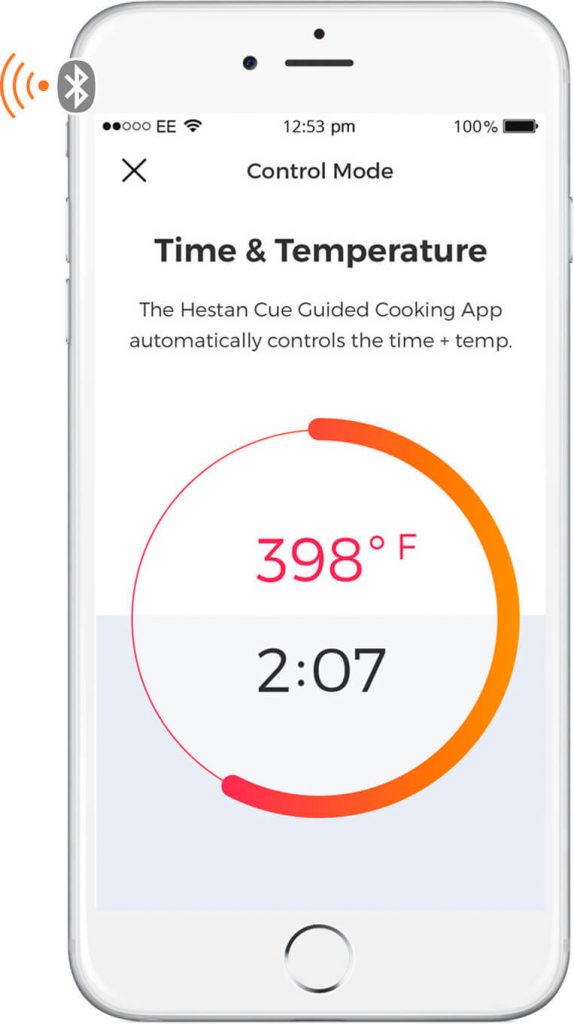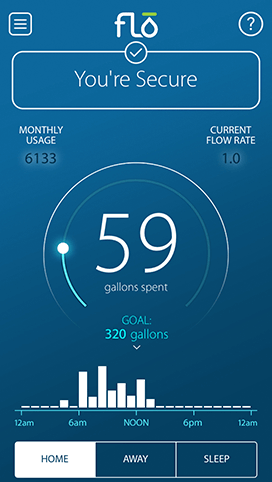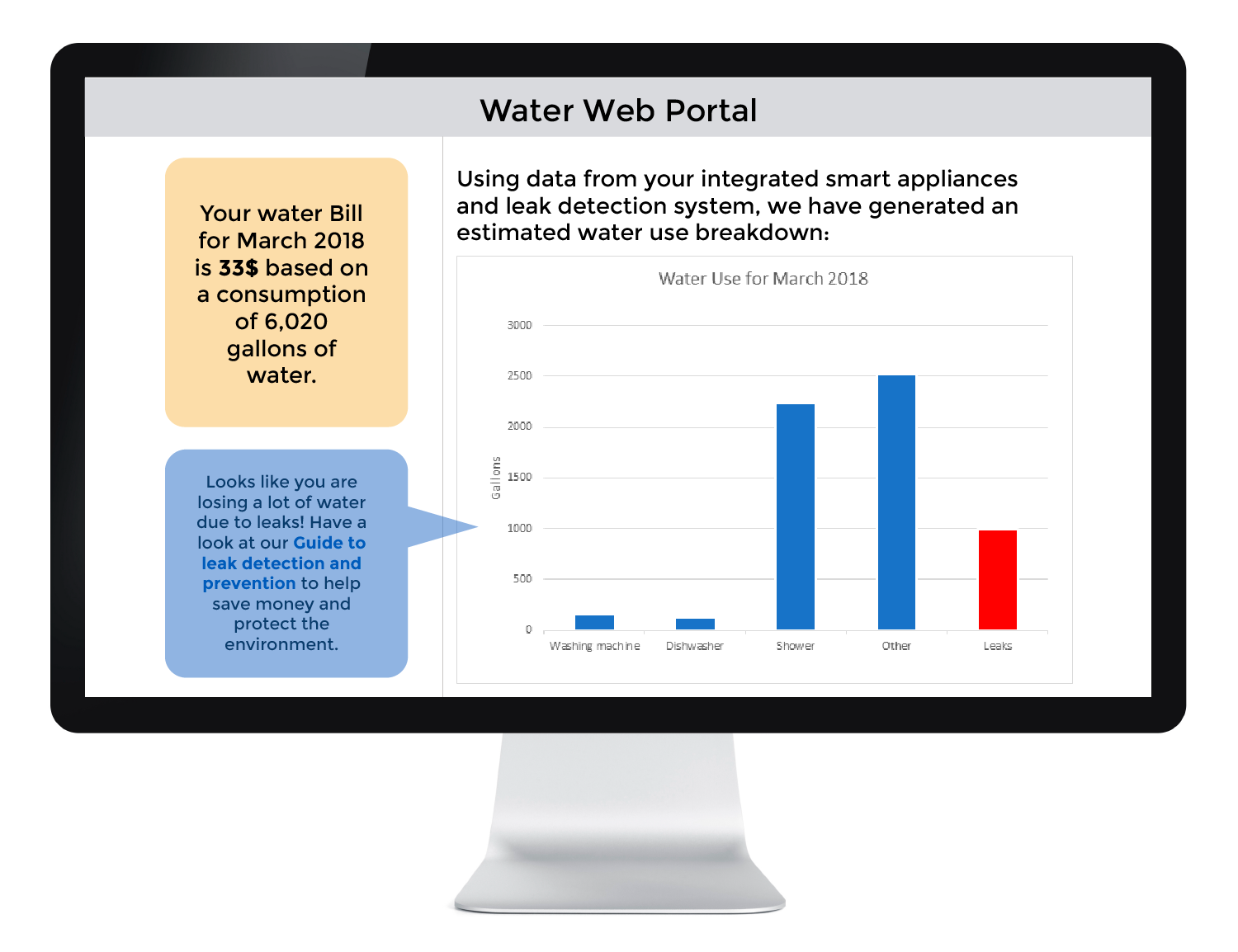It is an exciting time for American homes as Smart Appliances are quickly changing the way we carry out day-to-day tasks. With this emerging technology, utility companies now have a unique opportunity to achieve enhanced integration with American households to improve operations and provide a better overall customer experience.
The Smart Appliances Market is expected to be worth 37.2 Billion USD by 2020(1)
Ice Energy Storage
For a long time, hot water cylinders have been the main energy storage device in the American home. The high heat capacity of water, relatively cheap cost of insulation, and the fact that water heating comprises a large portion of household energy use make hot water cylinders a great candidate for storage. But recently, some innovative thermal appliance manufacturers have started taking the opposite approach.
Ice Energy Storage involves pre-cooling water to offset the amount of energy used in air-conditioning during peak hours. By changing the state of water from liquid to solid, this technology can harness water´s latent heat of fusion to extract a large quantity of energy through a relatively small reduction in temperature. The result is an efficient thermal battery which can be charged up in the morning and used later in the day to cool air with minimal electrical energy.
Ice Energy has been using this technology for 15 years to provide thermal storage for residential, commercial, and utility customers. For utilities interested in smart grid solutions, the company’s Ice Bear product comes with remote control scheduling for controllable demand response.
 Smart Cooking
Smart Cooking
There is a growing range of smart cooking equipment entering the market such as smart stovetops, pots, and pans, this technology promises to take the guesswork out of cooking while increasing efficiency and safety.
With temperature sensors and Bluetooth on board, pots and pans can now communicate with the stovetop in real time to ensure that the right cooking temperature is reached and maintained. On top of this, smartphone integration makes it easier than ever to follow recipes step by step while monitoring the exact temperature of multiple pots and pans.
Heasten Cue is currently offering smart induction stovetops, but its gas equivalent is still in prototype stage.(2)
The gas industry has been battling against induction stove tops for decades as customers demand more safety and precision than traditional gas solutions can offer. But with the readily approaching advancements in smart gas stovetops, customers will soon be able to have the best of both worlds which may tip the scales back in favor of gas cooking.

Smart Water
The market for Smart Water devices is in its early stages but there is growing support for products such as flood sensors and leak detectors with internet connectivity and smartphone control.
Flood sensors offer a cheap and reliable way to check for flooding in any area inside or outside the home. With instant smartphone alerts, products such as the Fibaro Flood Sensor promise to reduce the damage caused by flooding and the amount of water wasted due to leaving the faucet running in the bathroom.
Companies such as Flo offer intelligent devices which are installed directly into home water pipes for enhanced analysis and control of water use. This technology harnessing machine-learning to understand common water use signatures so that it can detect both large and small leaks. In the event of a large leak event, this system can even cut off the water supply to stop the leak.(3)
This EPA estimates that on average, each household loses 10,000 gallons per year due to leaks.(4]) Technology such as flood sensors and leak detectors could help reduce this figure significantly, taking pressure off water utilities and helping water conservation efforts worldwide.
Smart Fridges
Smart Fridges are leading the way in terms of Smart Appliances. This technology is already offering great benefits with a large range of fridges including an on-board operating system, graphical user interface, and internet connectivity.
One of the exciting features of smart fridges from an environmental perspective is the ability to enable vacation mode, which gives users the ability to clear out the main compartment of their fridge and disable cooling in that area, leaving only the freezer running. Open door alarms are another simple feature which offers convenience to the user and reduce wasted energy.
On top of this, the latest smart fridge from LG includes a smart grid function which allows it to participate automatically in demand response schemes set by the utility.(5) The fridge can respond to utility instructions to enter one of two modes: Delay Appliance Load (DAL) or Temporary Appliance Load Reduction (TALR). DAL slightly reduces the amount of energy expended in non-essential cooling processes for up to four hours, whereas TALR involves aggressively reducing the total load for a maximum of ten minutes.
How will Utilities work with Smart Appliances in the future?
With the growth of mobile applications and web portals for both smart appliances and utility services, the modern homeowner can expect to see increasing levels of convenience in their household as these technologies converge to provide an enhanced and integrated living experience. Utilities who want to provide industry-leading customer service need to start thinking about how they are going to fit into the ever-evolving world of smart home technology.
While most players in the industry see a unified information and control system as the future for customer experience, there is fierce competition as to whose platform will be the unifying force in the quickly developing world of utilities, virtual assistants, and Smart Appliances.
Smart Appliances often come with their own management platform complete with a mobile application; however, it is hard for such a system to stack up against the convenience offered by voice-powered assistants. This is why Smart Appliance manufacturers such as LG are allowing customers to choose their preferred interface thanks to strategic partnerships with voice-powered home assistants.(6)
LG’s Smart ThinQ range of smart appliances works with both Google Assistant and Alexa.
For utilities to take their place in the growing world of intelligent home solutions, they need to rethink their strategy of standalone web platforms and instead seek integration with smart appliances and virtual assistants.
OK Google, what was my electricity bill for last month?
Your electricity bill for the month of March was $150
I want to use less power this month
Power saving mode has been enabled for your freezer and air conditioning unit
Alexa, how much are water leaks costing me per month?
Last month approximately 1,000 gallons of water were wasted in your house due to leaks. This cost you 5 dollars and represents 17% of your total water use.
On the other hand, many consumers may wish to continue using a dedicated utility web portal for managing their utility services. To provide an enhanced experience for these consumers, utilities can coordinate with Smart Appliance manufacturers to give an in-depth consumption analysis.

Behind the scenes, integration with Smart Appliances can give utility companies great insights into how their service is being used inside homes while demand-response features can provide networks with a powerful resource to free up capacity during peak periods.
As Smart Appliance technology develops further and finds its way into more American homes, utility companies need to embrace this change to ensure that their customers continue to receive outstanding service. Through integration with Smart Appliances and third-party home assistants, utilities can improve network operations and cement their place in the future of the smart home.
Smartflex is an innovative and comprehensive CIS solution for Electricity, Water, and Gas which gives you the power to take your operation into the future. With in-built support for customer web portals and the freedom to integrate seamlessly between internal and external systems, it couldn’t be easier to build Smart Appliances into your business.
(1) https://www.marketsandmarkets.com/PressReleases/smart-appliances.asp
(2) https://www.digitaltrends.com/home/hestan-cue-smart-gas-cooktop/
(3) https://meetflo.com/
(4) https://www.epa.gov/watersense/fix-leak-week
(5) http://www.lg.com/us/support-product/lg-LNXS30996D#
(6) http://www.lg.com/us/support/works-with-google-alexa-voice-assistant#bts







